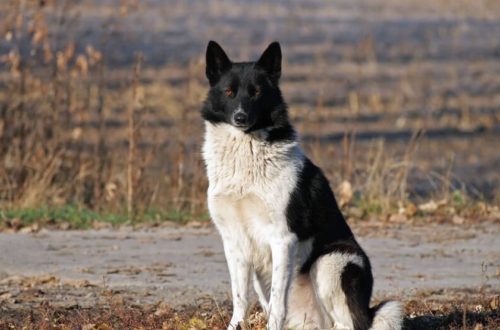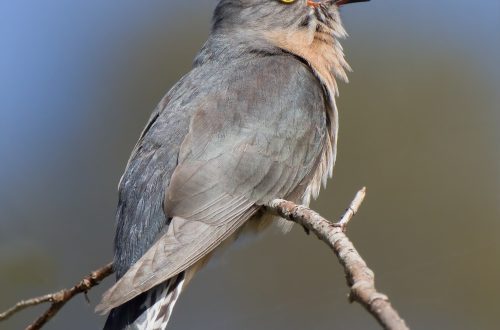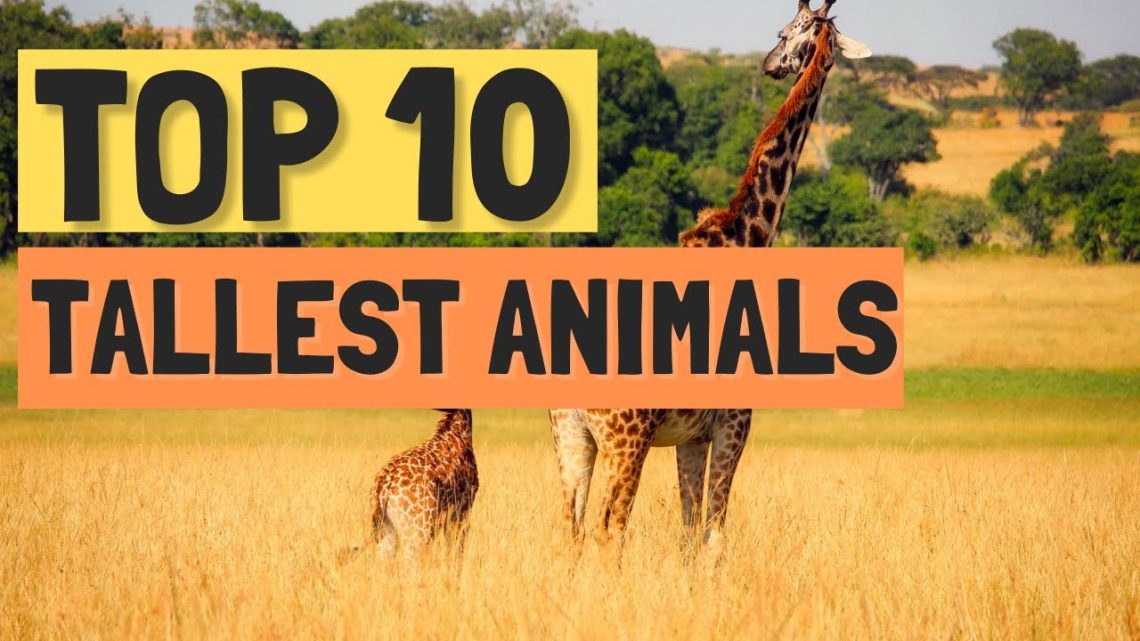
Top 10 tallest animals in the world
Our everyday world is created around average heights. The height of a woman is on average 1,6 meters, while men are about 1,8 meters tall. Cabinets, vehicles, doorways are all designed with these averages in mind.
Nature, however, is not designed for averages. Species and types of all living beings have evolved over the centuries to be just right for their needs. So, whether it’s a giraffe or a brown bear, these animals are as high as they need to be.
This planet is full of creatures, big and small, but you might be surprised how big some animals can get. Despite the fact that the force of gravity holds everything back, some creatures seem to win the fight against gravity and reach incredible sizes.
Want to know which are the tallest animals in the world? Then we present you a list of 10 record-breaking giants of the Earth.
Contents
10 African buffalo, up to 1,8 m
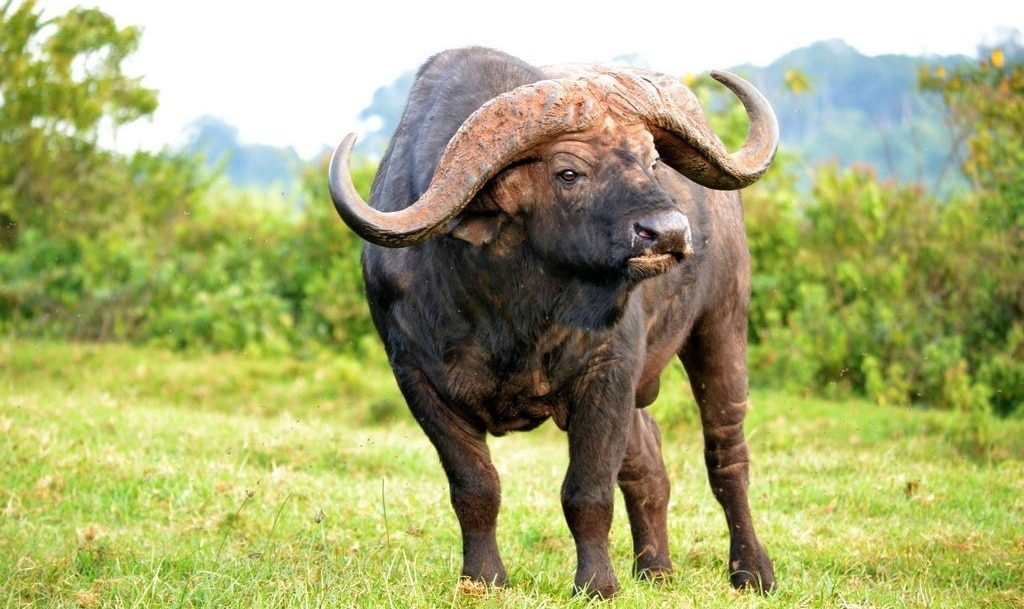 African buffalo sometimes confused with the American bison, but they are very different.
African buffalo sometimes confused with the American bison, but they are very different.
The African buffalo has a long stocky body that can weigh up to 998 kg and reach a height of 1,8 meters. Since they are often hunted, their number is decreasing, but so far, fortunately, has not reached a critical point.
9. Eastern gorilla, up to 1,85 m
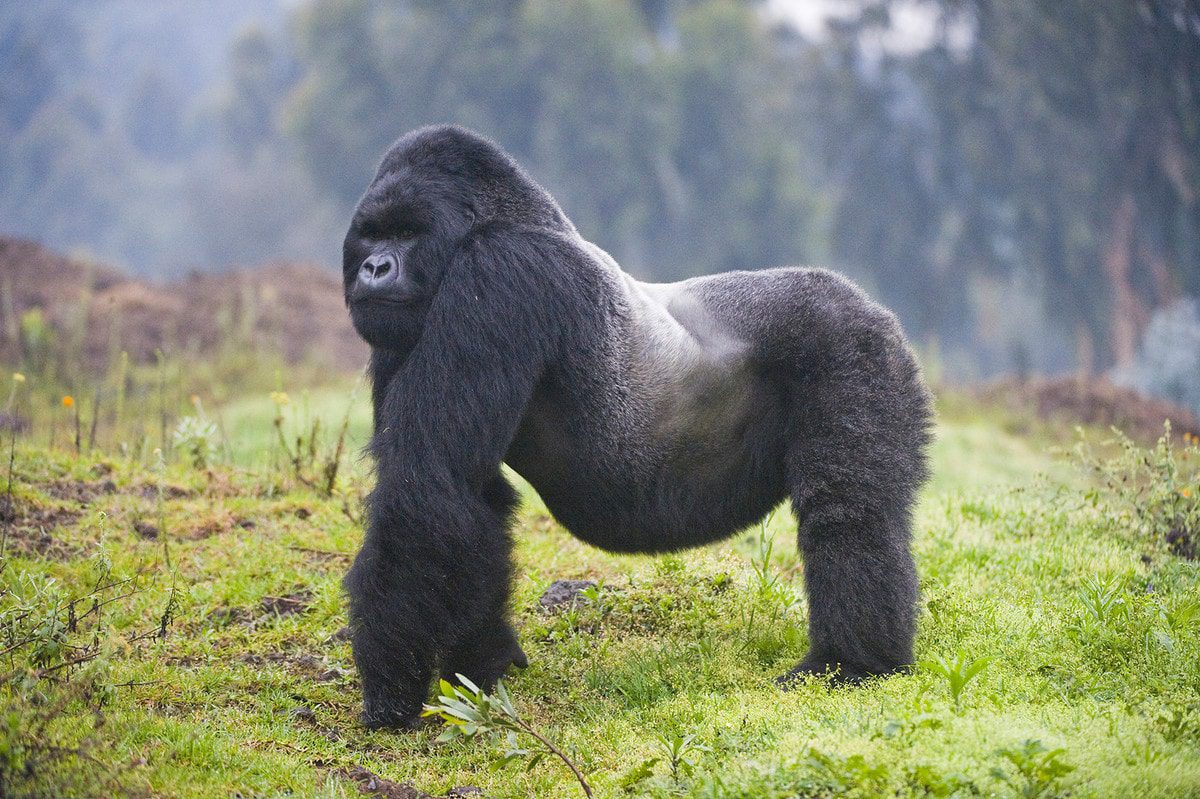 Eastern lowland gorillaalso known as gorilla Grauera, is the largest of the four subspecies of gorillas. She is distinguished from others by her stocky body, large hands and short muzzle. Despite their size, eastern lowland gorillas feed primarily on fruits and other grassy materials, similar to other subspecies of gorillas.
Eastern lowland gorillaalso known as gorilla Grauera, is the largest of the four subspecies of gorillas. She is distinguished from others by her stocky body, large hands and short muzzle. Despite their size, eastern lowland gorillas feed primarily on fruits and other grassy materials, similar to other subspecies of gorillas.
During the turmoil in the Democratic Republic of the Congo, gorillas were vulnerable to poaching, even in Kahuzi-Biega National Park, home to the largest population of protected eastern lowland gorillas. Rebels and poachers have invaded the park and people have planted illegal mines.
Over the past 50 years, the range of the eastern lowland gorilla has shrunk by at least a quarter. Only 1990 animals remained in the wild at the last census in the mid-16s, but after more than a decade of habitat destruction and fragmentation and civil unrest, the eastern gorilla population may have been reduced by half or more.
Adult male gorillas weigh up to 440 pounds and can reach a height of 1,85 meters when standing on two legs. Mature male gorillas are known as “silver backs” for the white hairs that develop on their backs at about 14 years of age.
8. White rhinoceros, up to 2 m
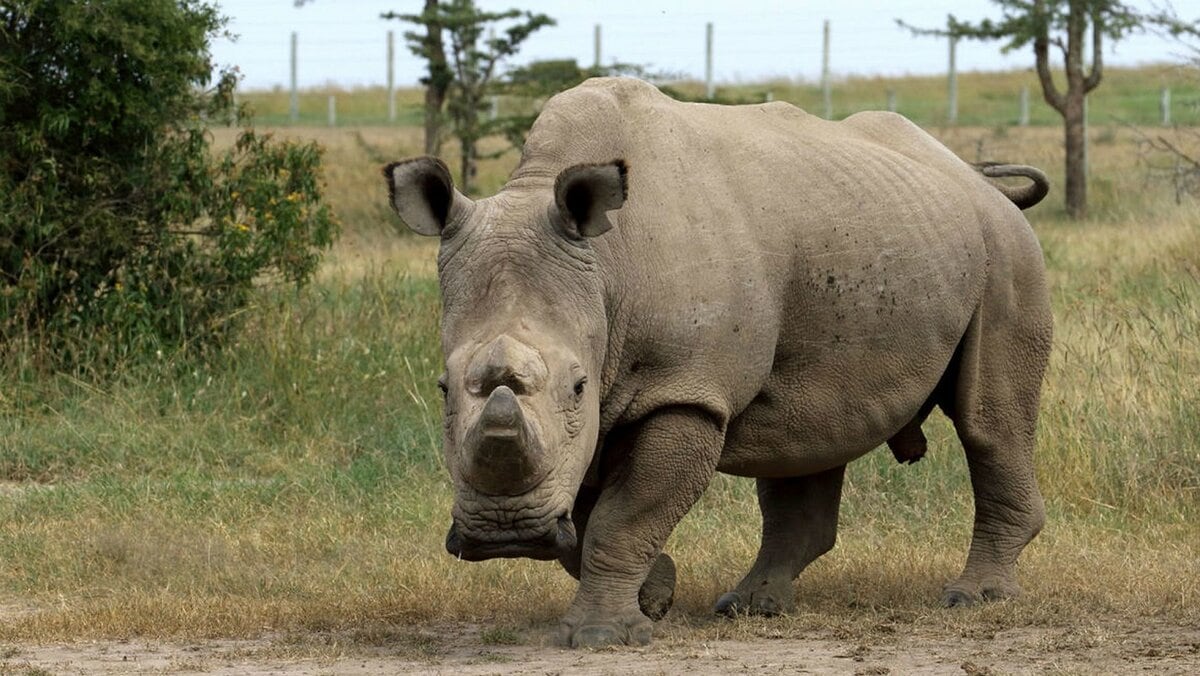 Majority (98,8%) white rhinos found only in four countries: South Africa, Namibia, Zimbabwe and Kenya. Adult males can reach 2 meters in height and weigh 3,6 tons. Females are significantly smaller, but can weigh up to 1,7 tons. They are the only rhinoceros that is not endangered, although they have suffered the brunt of the surge in poaching in recent years.
Majority (98,8%) white rhinos found only in four countries: South Africa, Namibia, Zimbabwe and Kenya. Adult males can reach 2 meters in height and weigh 3,6 tons. Females are significantly smaller, but can weigh up to 1,7 tons. They are the only rhinoceros that is not endangered, although they have suffered the brunt of the surge in poaching in recent years.
The northern white rhino was once found in southern Chad, the Central African Republic, southwestern Sudan, northern Democratic Republic of the Congo (DRC) and northwestern Uganda.
However, poaching has led to their extinction in the wild. And now only 3 individuals remain on earth – they are all in captivity. The future of this subspecies is very bleak.
7. African ostrich, 2,5 m
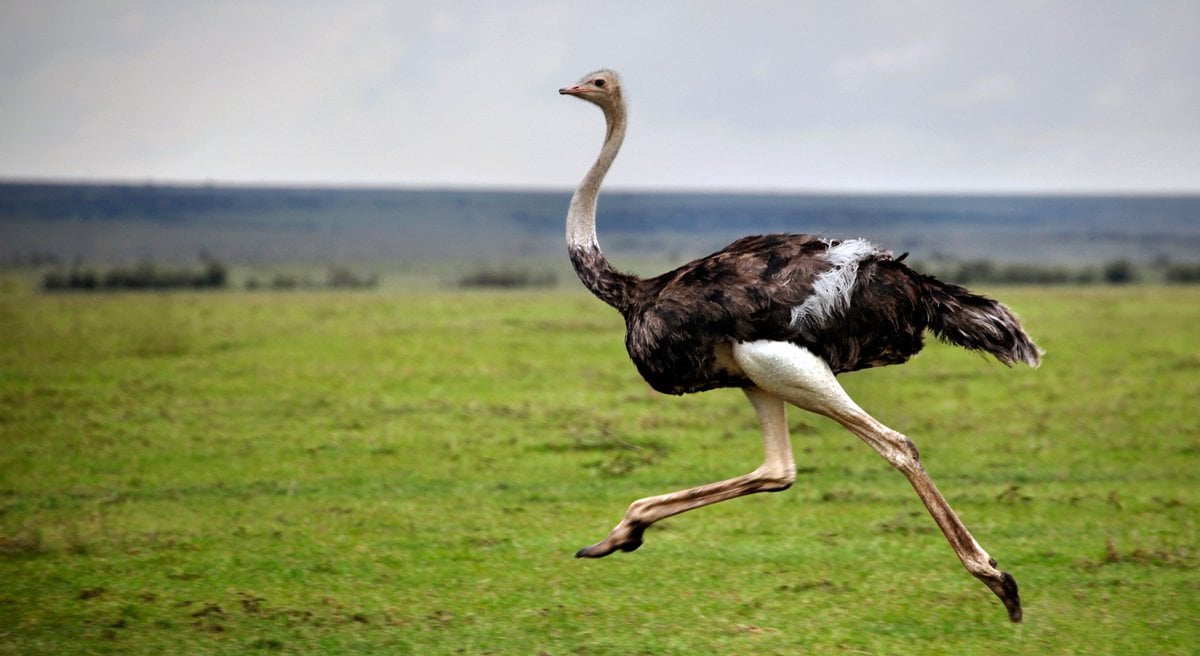 Ostriches are large flightless birds that live in more than 25 countries in Africa, including Zambia and Kenya, and in the westernmost part of Asia (in Turkey), but can be found all over the world. They are sometimes raised for their meat, although wild populations exist in Australia.
Ostriches are large flightless birds that live in more than 25 countries in Africa, including Zambia and Kenya, and in the westernmost part of Asia (in Turkey), but can be found all over the world. They are sometimes raised for their meat, although wild populations exist in Australia.
According to the African Wildlife Foundation, ostriches have no teeth, but they have the largest eyeballs of any land animal and an impressive height of 2,5 meters!
6. Red kangaroo, up to 2,7 m
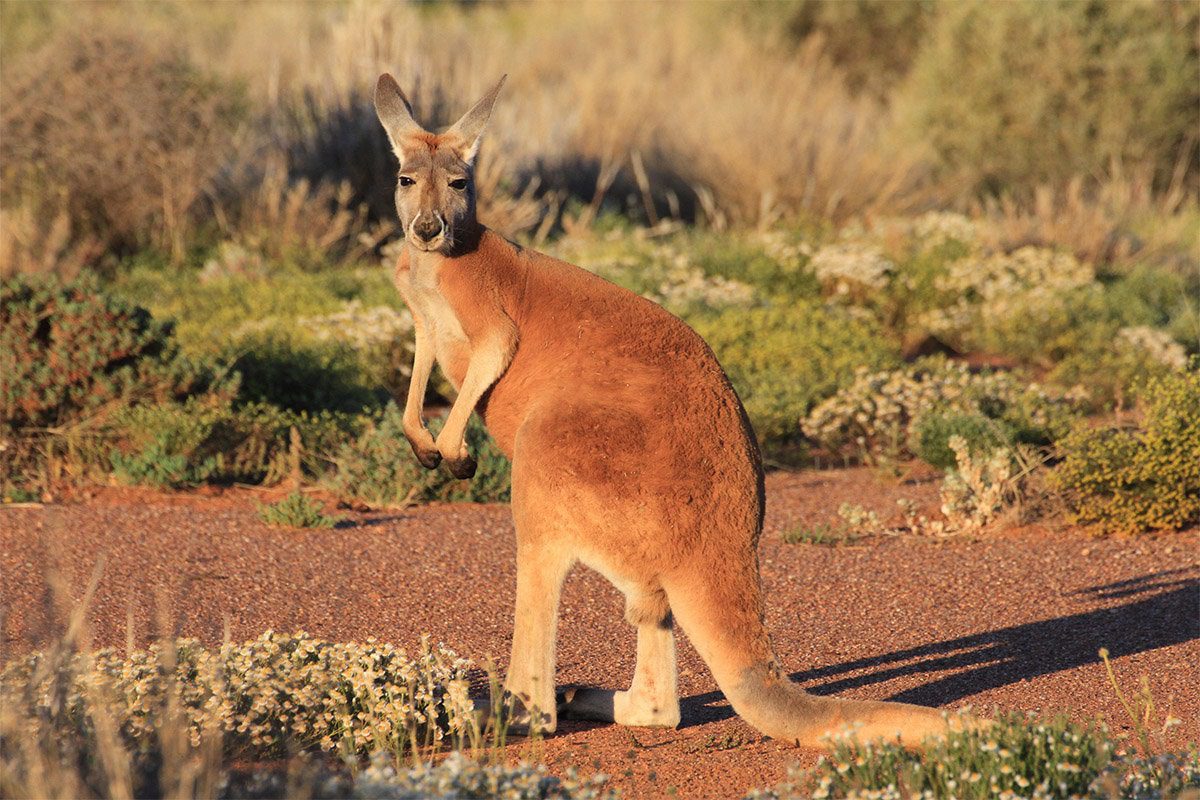 red kangaroo extends throughout western and central Australia. Its habitat range covers scrub, grassland and desert areas. This subspecies usually thrives in open habitats with few trees for shade.
red kangaroo extends throughout western and central Australia. Its habitat range covers scrub, grassland and desert areas. This subspecies usually thrives in open habitats with few trees for shade.
Red kangaroos are able to conserve enough water and choose plenty of fresh vegetation to survive dry conditions. Although the kangaroo eats mostly green vegetation, especially fresh grass, it is able to get enough moisture from food even when most of the plants look brown and dry.
Male kangaroos grow up to one and a half meters in length, and the tail adds another 1,2 meters to the total length.
5. Camel, up to 2,8 m
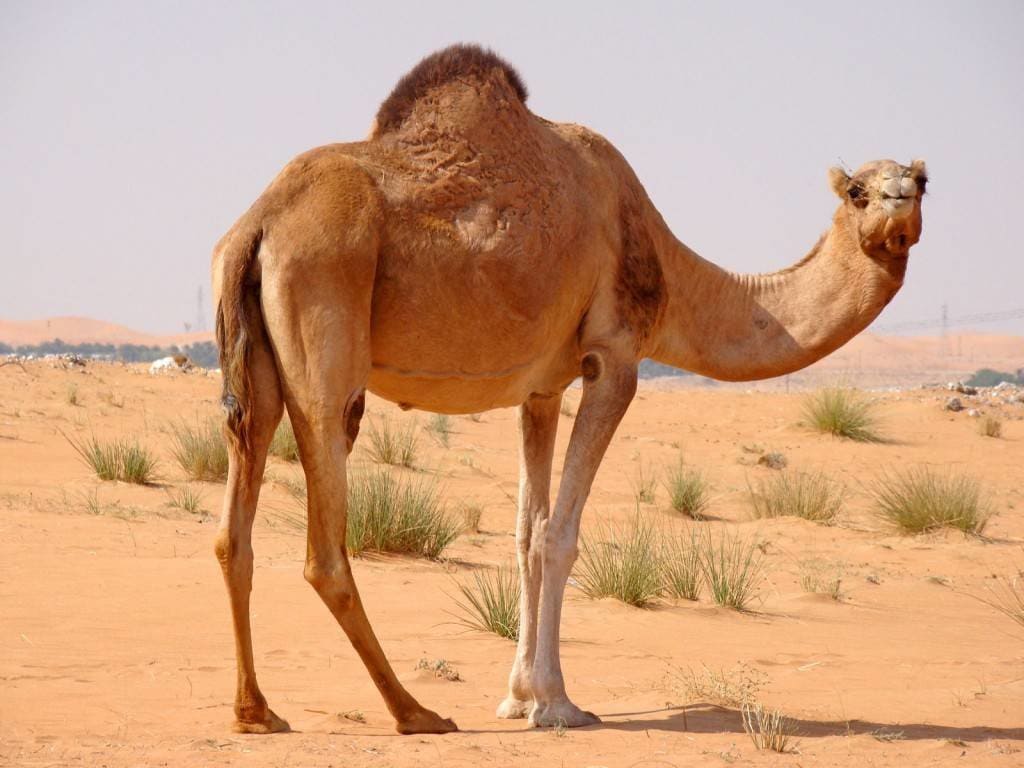 camelscalled Arabian camels, are the tallest of the camel species. Males reach a height of about 2,8 meters. And while they only have one hump, that hump stores 80 pounds of fat (not water!), needed for the animal’s extra nutrition.
camelscalled Arabian camels, are the tallest of the camel species. Males reach a height of about 2,8 meters. And while they only have one hump, that hump stores 80 pounds of fat (not water!), needed for the animal’s extra nutrition.
Despite their impressive growth, dromedary camels extinct, at least in the wild, but the species has been around for almost 2000 years. Today, this camel is domesticated, which means it can roam in the wild, but usually under the watchful eye of a pastoralist.
4. Brown bear, 3,4 m
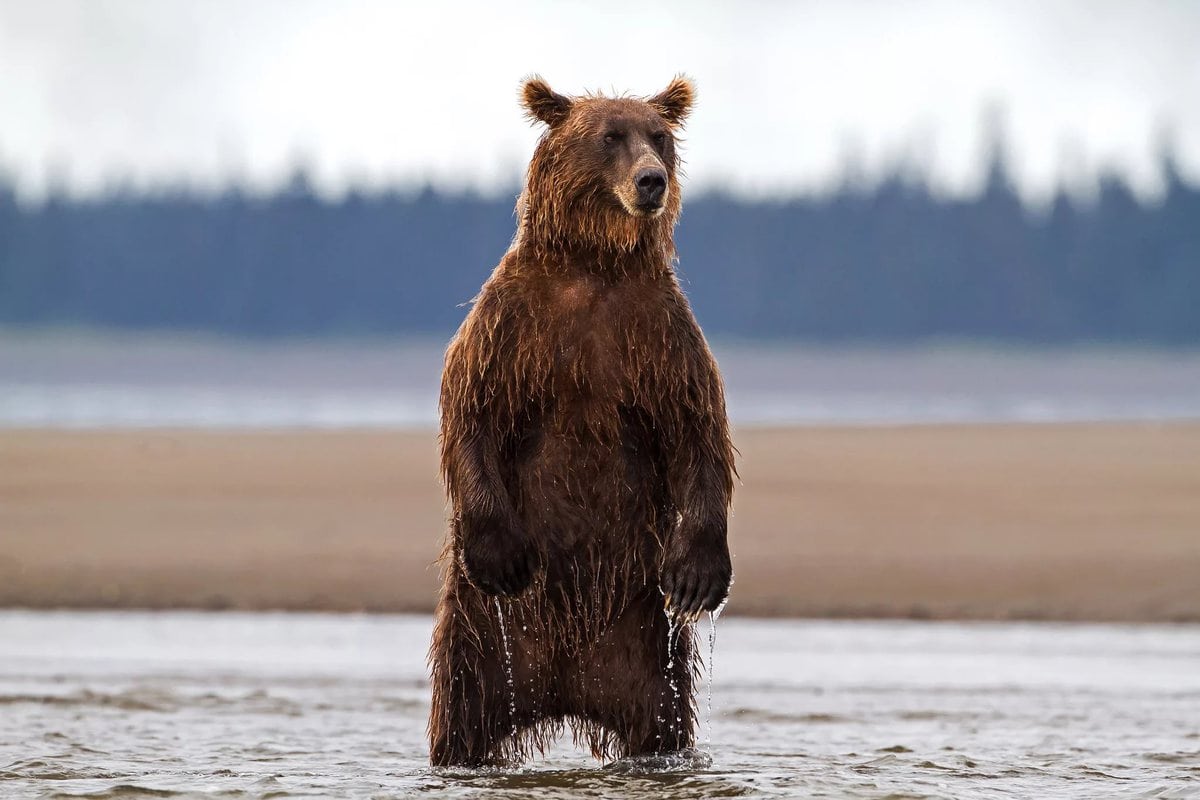 Brown bears is a family with many subspecies. However, brown bears, also sometimes called grizzly bears, are among the largest predators on the planet. As soon as they stand on their hind legs, they become up to 3,4 meters tall, depending on the breed of the bear.
Brown bears is a family with many subspecies. However, brown bears, also sometimes called grizzly bears, are among the largest predators on the planet. As soon as they stand on their hind legs, they become up to 3,4 meters tall, depending on the breed of the bear.
Given the number of subspecies and range of habitats – you can find brown bears in North America and Eurasia – the brown bear is generally considered an International Union for Conservation of Nature (IUCN) Least Concern, but there are still some pockets, mostly due to destruction. habitats and poaching.
3. Asian elephant, up to 3,5 m
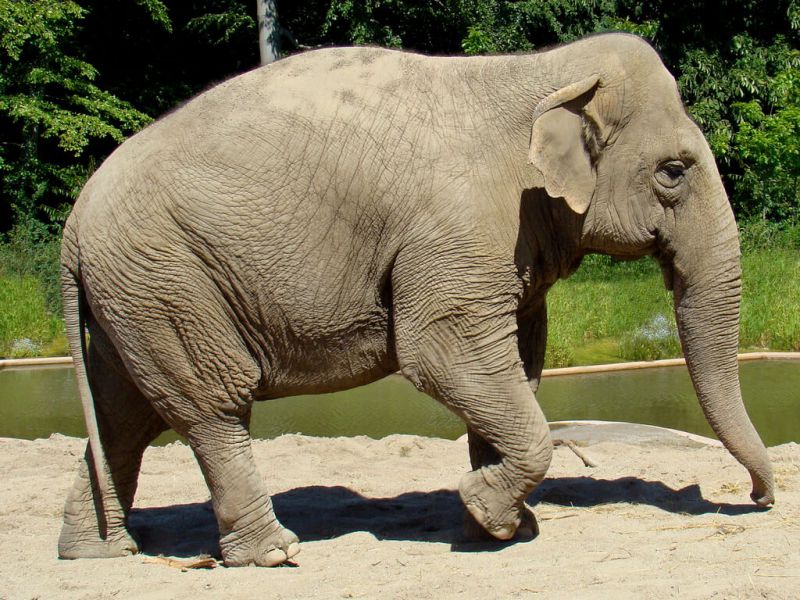 Asian elephant, reaching a height of 3,5 meters, is the largest living land animal in Asia. Since 1986, the Asian elephant has been listed as endangered in the Red Book, as the population has declined by at least 50 percent in the last three generations (estimated to be 60–75 years). It is primarily threatened by habitat loss and degradation, fragmentation and poaching.
Asian elephant, reaching a height of 3,5 meters, is the largest living land animal in Asia. Since 1986, the Asian elephant has been listed as endangered in the Red Book, as the population has declined by at least 50 percent in the last three generations (estimated to be 60–75 years). It is primarily threatened by habitat loss and degradation, fragmentation and poaching.
The largest Asian elephant ever recorded was shot by the Maharaja of Susanga in the Garo Hills of Assam, India, in 1924. He weighed 7,7 tons and was 3,43 meters tall.
2. African elephant, up to 4 m
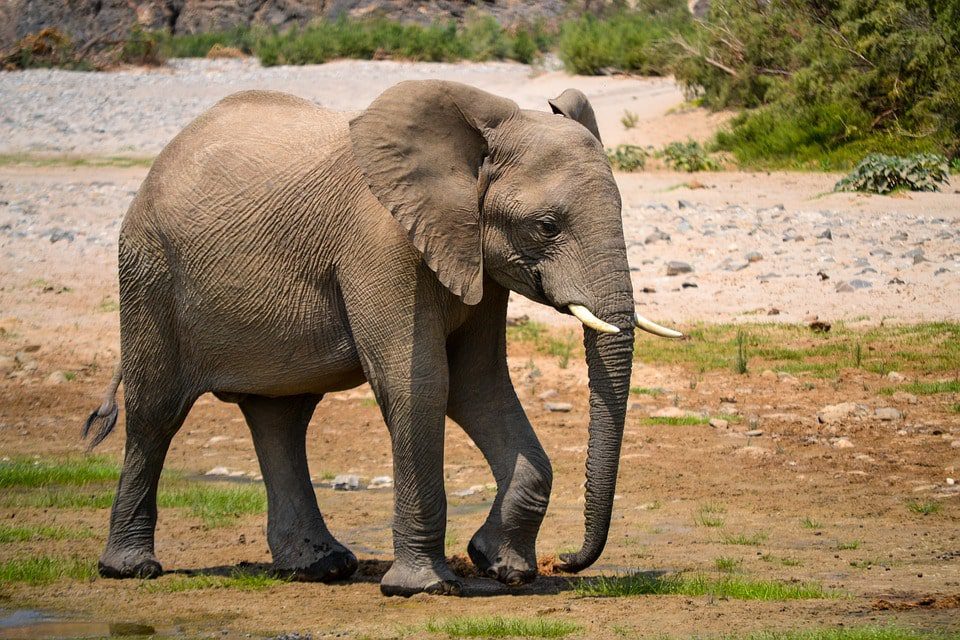 Basically Elephants They live in the savannas of sub-Saharan Africa. They can live up to 70 years, and their height reaches 4 meters. Although elephants are native to 37 African countries, the African Wildlife Fund estimates that there are only about 415 elephants left on Earth.
Basically Elephants They live in the savannas of sub-Saharan Africa. They can live up to 70 years, and their height reaches 4 meters. Although elephants are native to 37 African countries, the African Wildlife Fund estimates that there are only about 415 elephants left on Earth.
About 8% of the world’s elephant population is poached annually, and they breed slowly – elephants’ pregnancy lasts 22 months.
1. Giraffe, up to 6 m
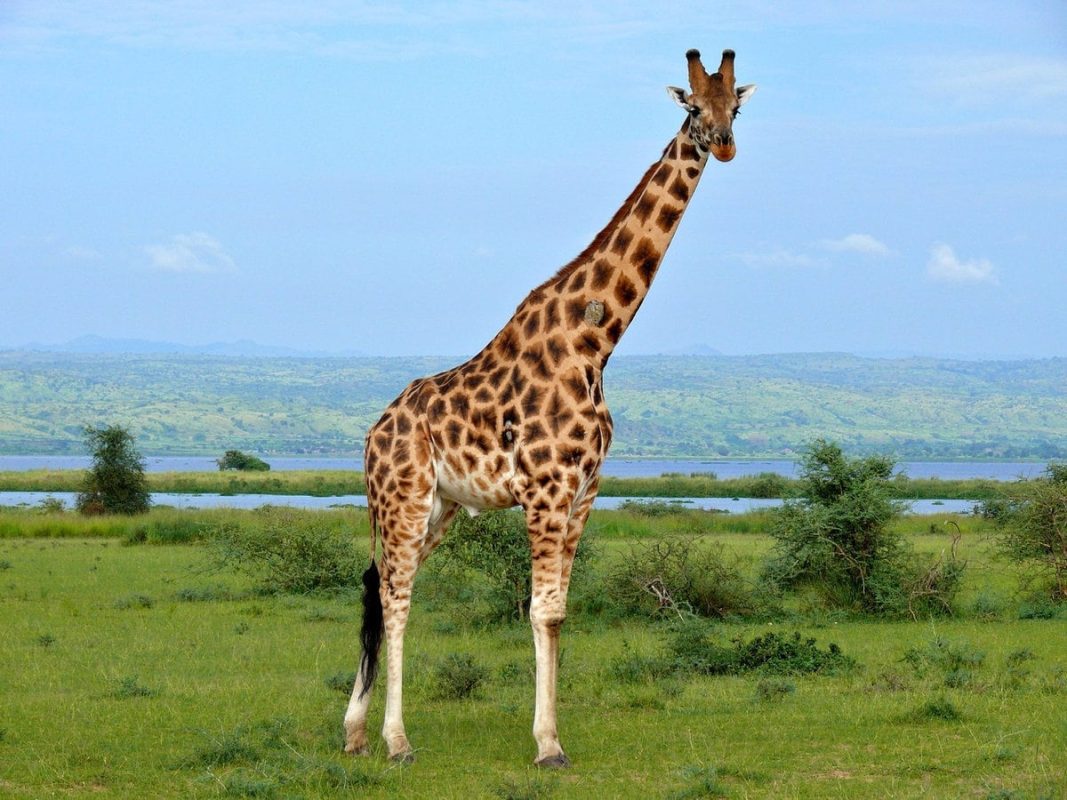 Giraffe – the largest vestigial animal and the tallest of all land mammals. Giraffes occupy open grasslands and savannahs in Central, Eastern and Southern Africa. They are social animals and tend to live in herds of up to 44 individuals.
Giraffe – the largest vestigial animal and the tallest of all land mammals. Giraffes occupy open grasslands and savannahs in Central, Eastern and Southern Africa. They are social animals and tend to live in herds of up to 44 individuals.
Distinctive characteristics of giraffes include their long neck and legs, and their unique coat color and pattern.
Formally known as Giraffa camelopardalis, according to National Geographic, the average giraffe stands between 4,3 and 6 meters tall. Most of the growth of a giraffe is, of course, its long neck.


